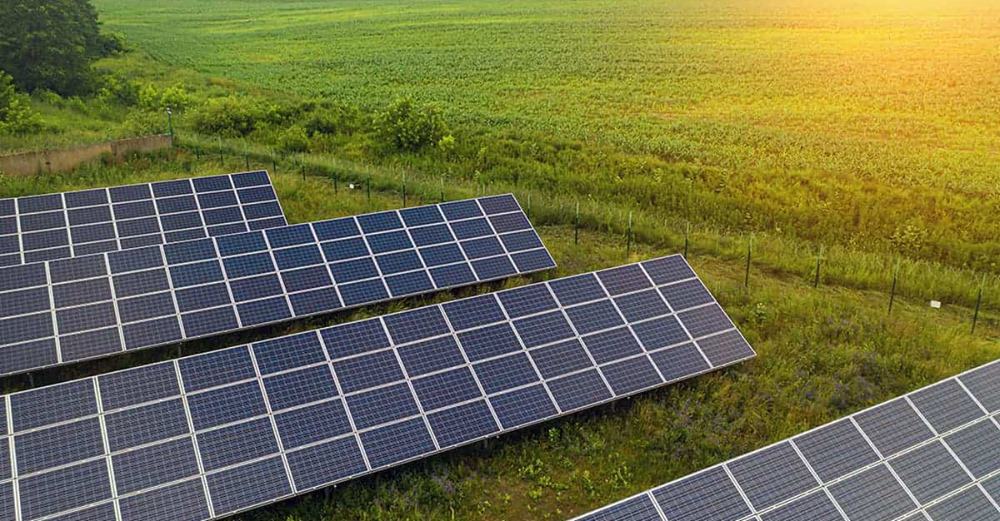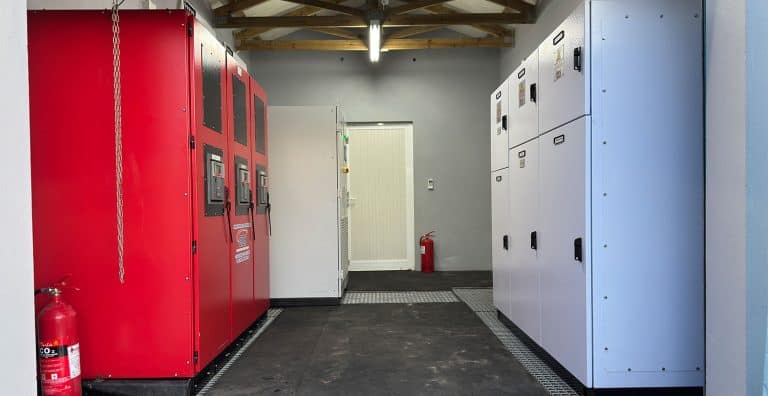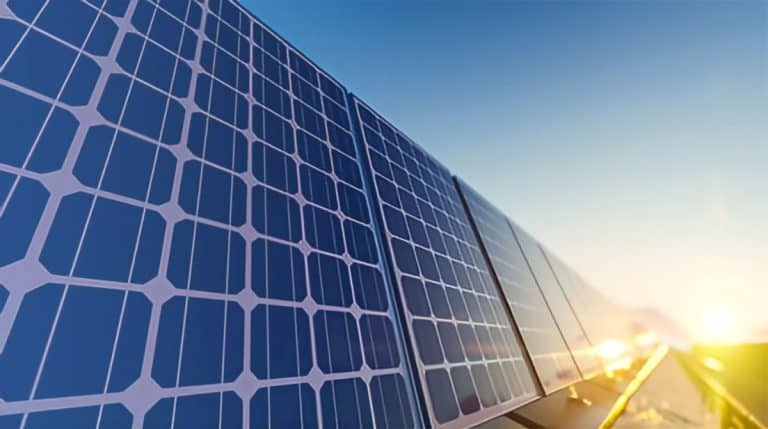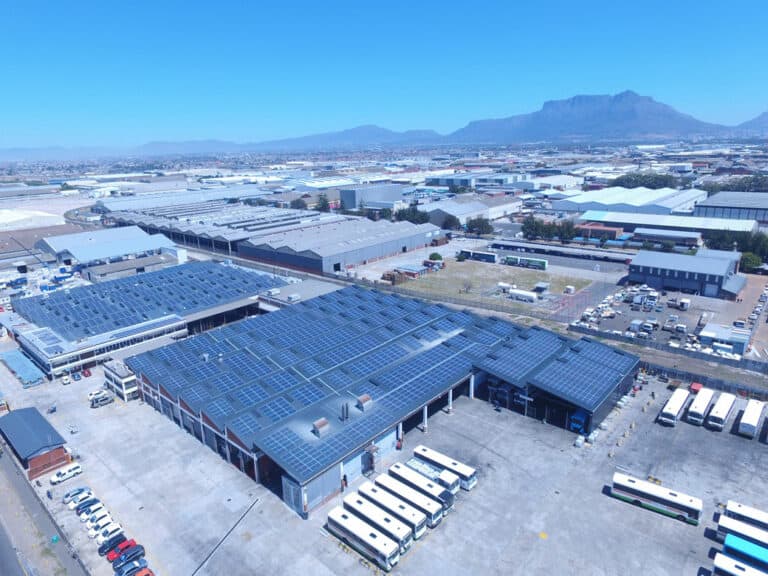Giving the rising costs of electricity, many people are considering solar energy. This is an excellent way to lower your electricity costs. It will increase your independence. Additionally, it is good for the environment. Understanding solar panelling will help you find a solution.
How it work?
In short, solar panelling consists of an array of photovoltaic cells that convert sunlight into electricity. This process is known as the photovoltaic effect. Photovoltaic or PV cells include at least two semi-conductive materials, such as silicon. One of these has a positive charge. The other one is negative.
The costs involved
The initial investment for solar panelling may seem expensive. However, you can start with using sun energy in conjunction with your existing electricity provider. Thereafter, you can gradually build up more solar panels over time. With enough solar panels, you can work towards going off-grid entirely.
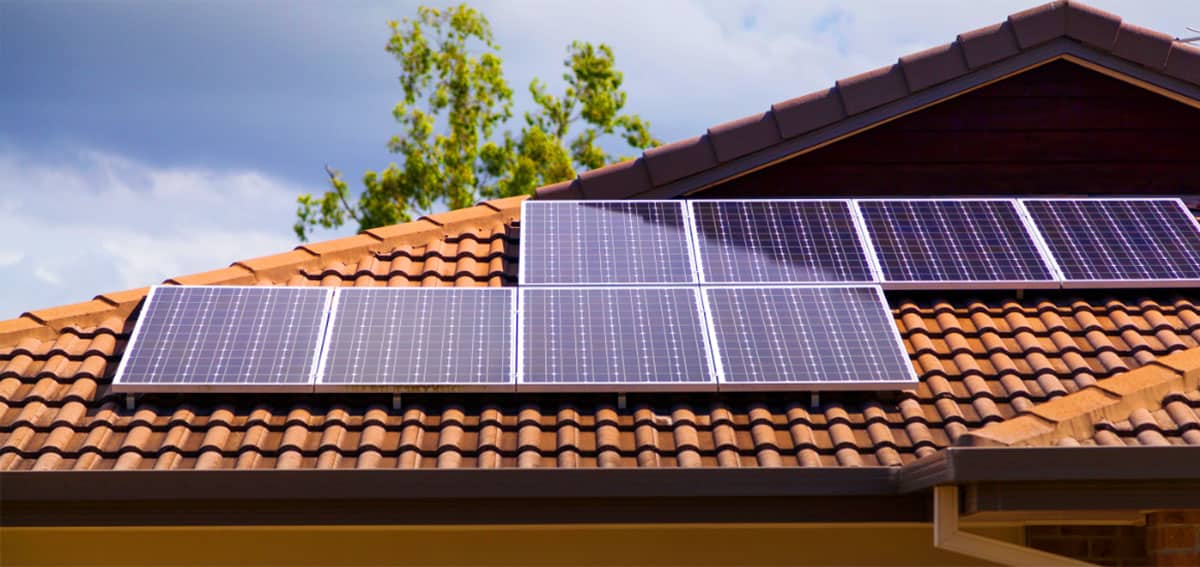
Solar panelling for homes
Solar panelling is installed on your roof. This enables the panels to catch the sun’s rays. Furthermore, panels can be put together to increase the solar-generated power.
Once you know how to install solar panels, you can reduce your electricity bill. Therefore, connecting your solar panelling to your home’s electricity yourself is possible yourself.
You can connect more than one panel. Solar panels can be connected in series or in parallel. Alternately, you can use a mixed approach. This will enable you to to build a cost-effective solar solution. Additionally, you can add more panels in future if your needs increase.
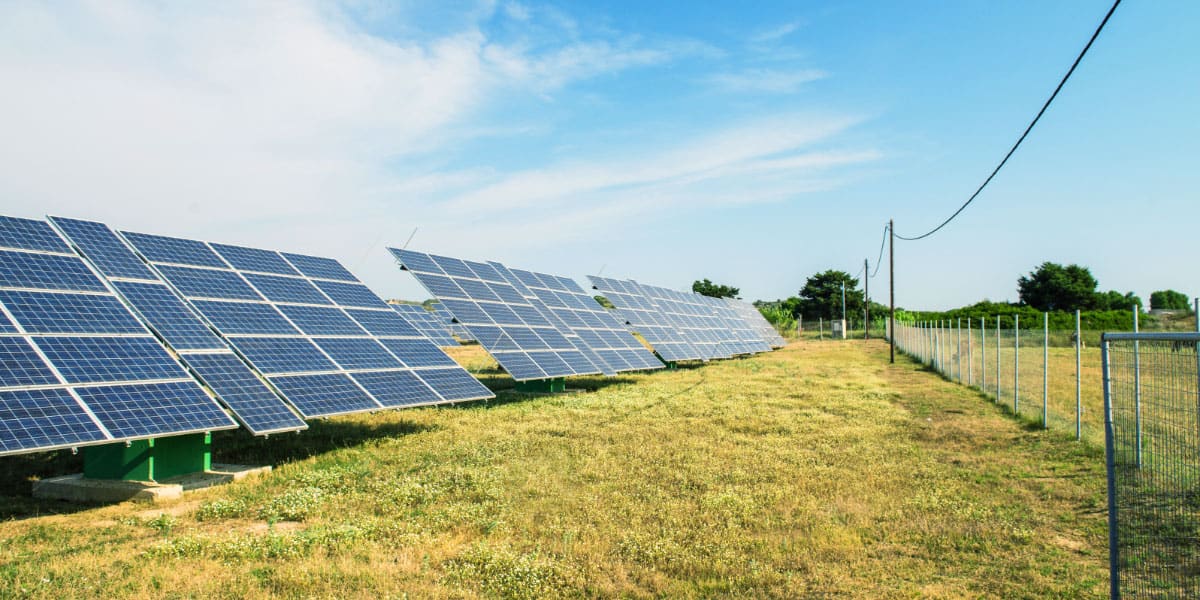
Solar panelling for business
Solar panelling and energy storage is more popular for businesses now than ever. This is because there are often imbalances between supply and demand. Do research about this.
This approach has multiple advantages for businesses. Consider the benefits. These include lower costs and improved sustainability. Additionally, a lower environmental footprint can be achieved. Start saving today. Go solar.
With Africa’s sunny climate, solar energy is being used more and more. Therefore, businesses work towards reaching good efficiency. This is determined by many factors. For example, the types of panels play a role. Environmental factors such as sun and shade also make difference.
Various banks offer incentives for businesses to install solar panelling. This means that the upfront costs are less prohibitive. Look this up. Additionally, businesses can get a combination of loan and equity. Often the installation is viewed as part of the collateral. This is helpful. Terms vary from 5 – 10 years. Choose the plan that suits you best.
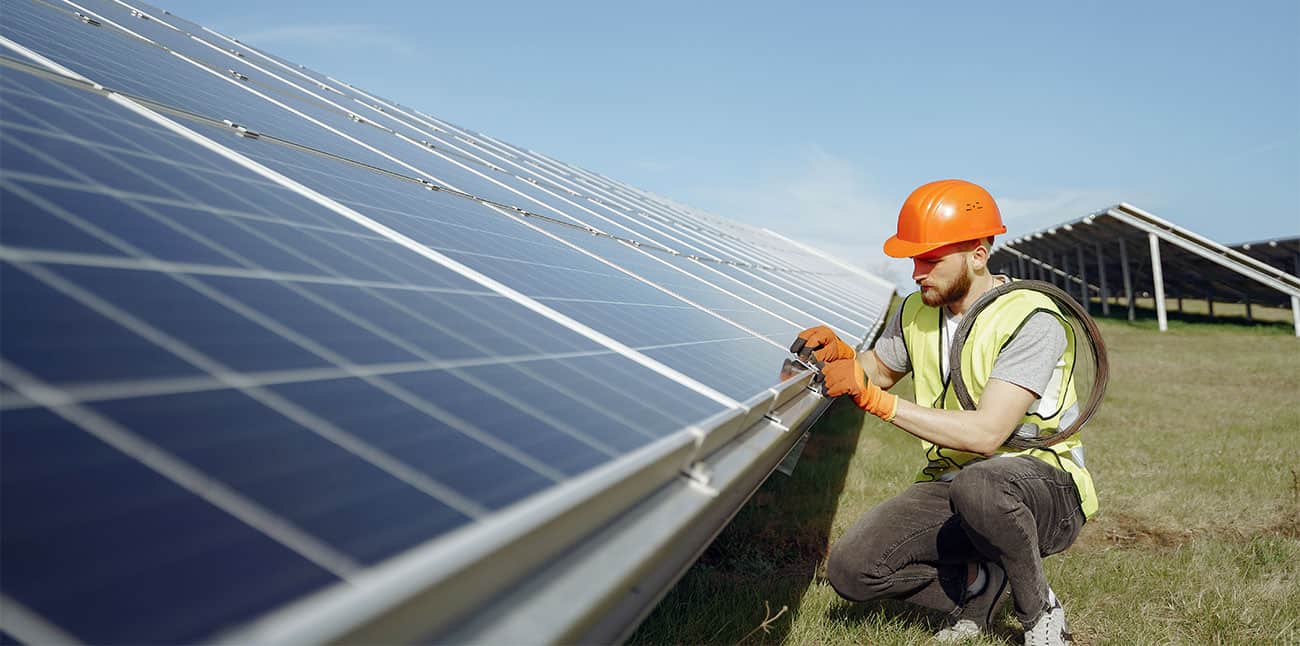
Building solar panels
These simple steps are an overview of how to install solar panelling.
Step 1
Install solar panels on your roof. This can be done by professionals, or yourself.
Step 2
Install batteries for your panels. This is needed if you’ll be using solar power only. However, batteries are not needed if you will be using your solar panels as backup source.
Step 3
Connect the panels to the inverter, and inverter to grid. Otherwise connect the inverter to battery, then to the home grid.
Step 4
Connect battery to the inverter.
Step 5
Connect the inverter to the AC fuse box.
Step 6
Connect the AC generator to the power inverter.
Work out which solar system will suit you best carefully.


